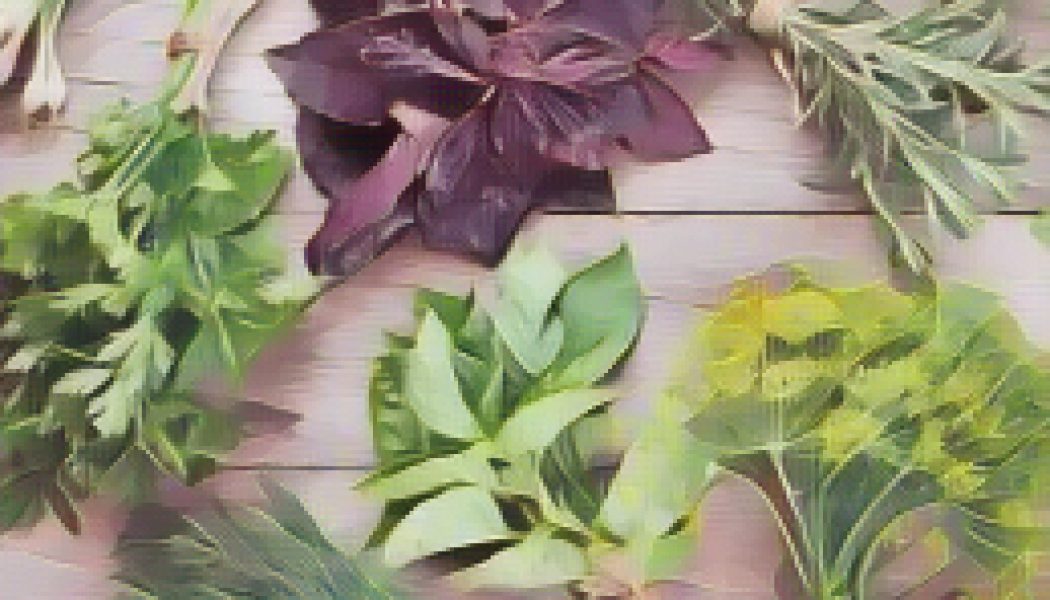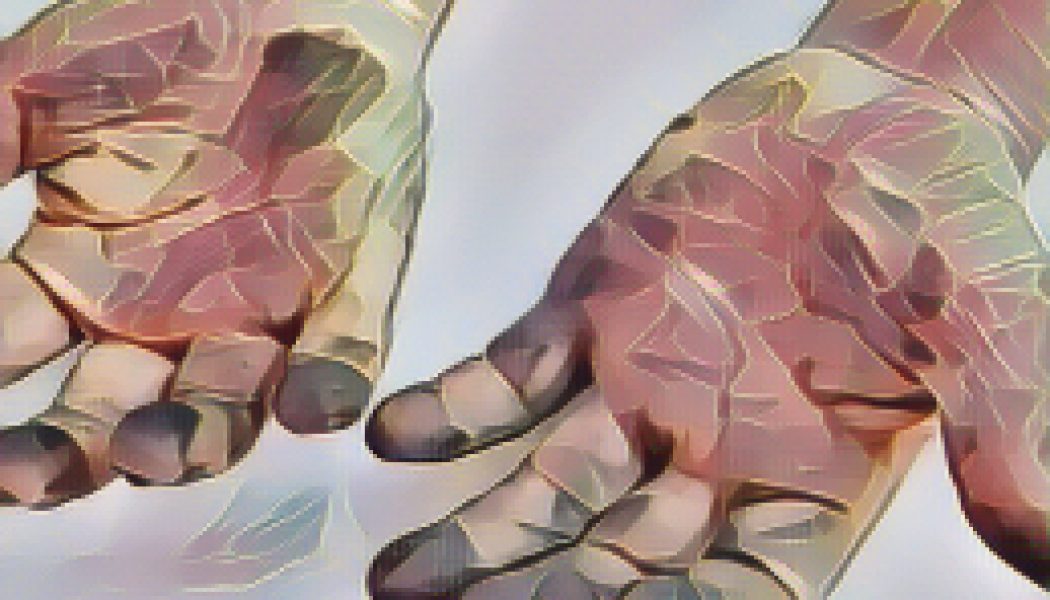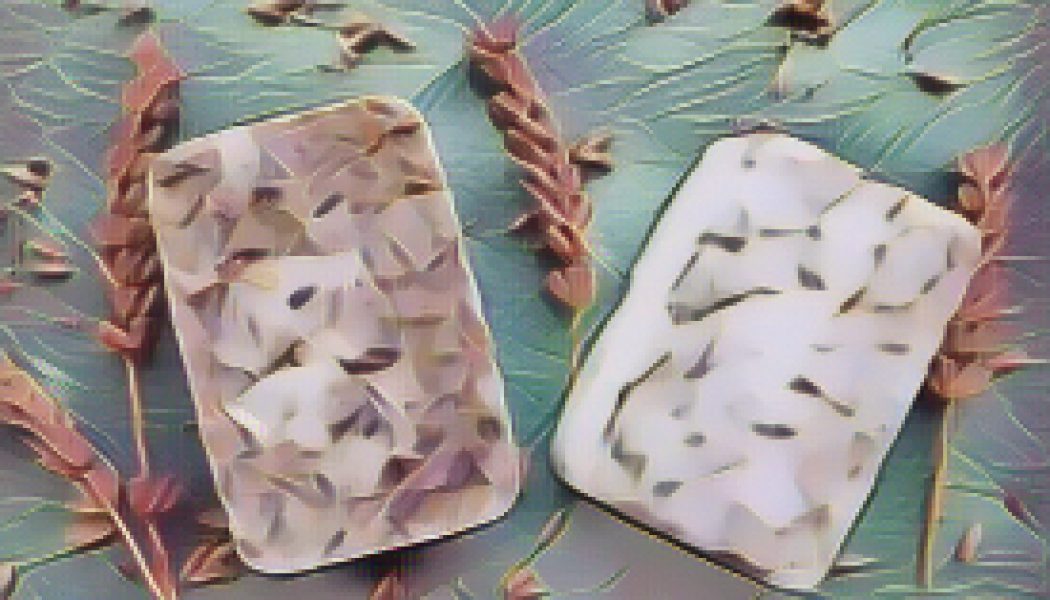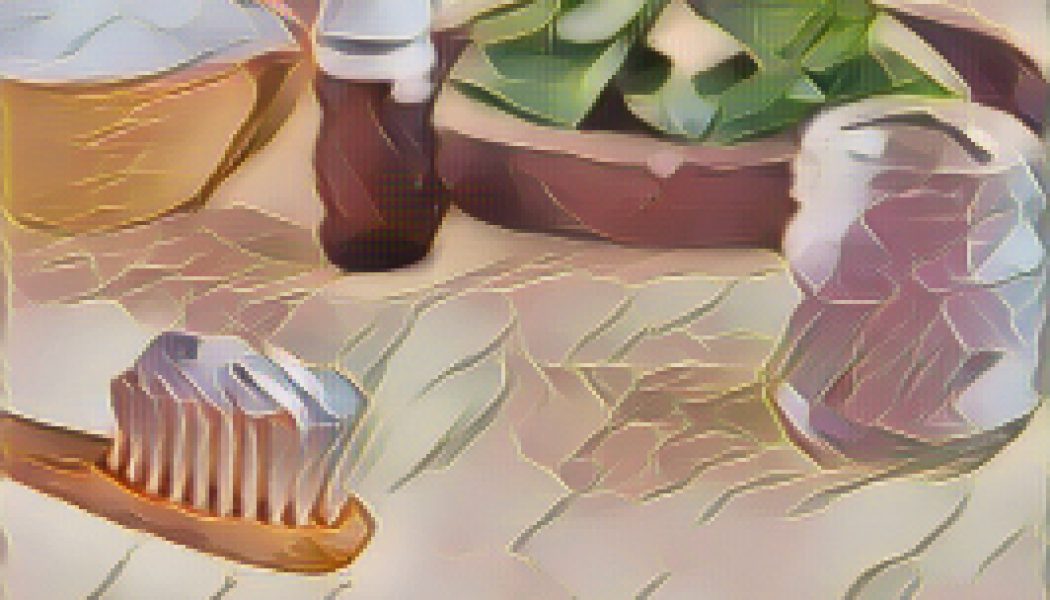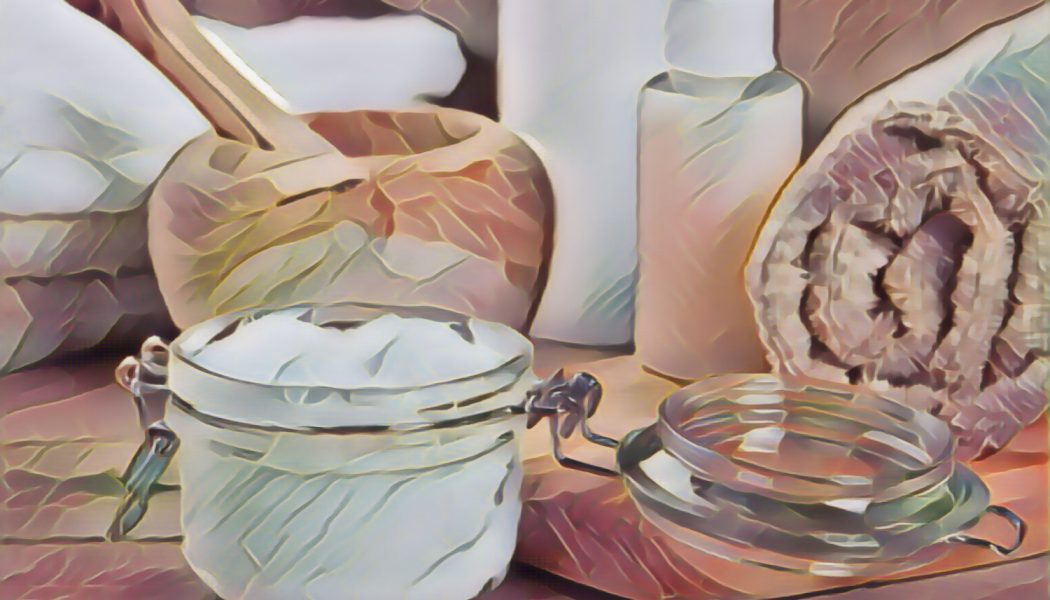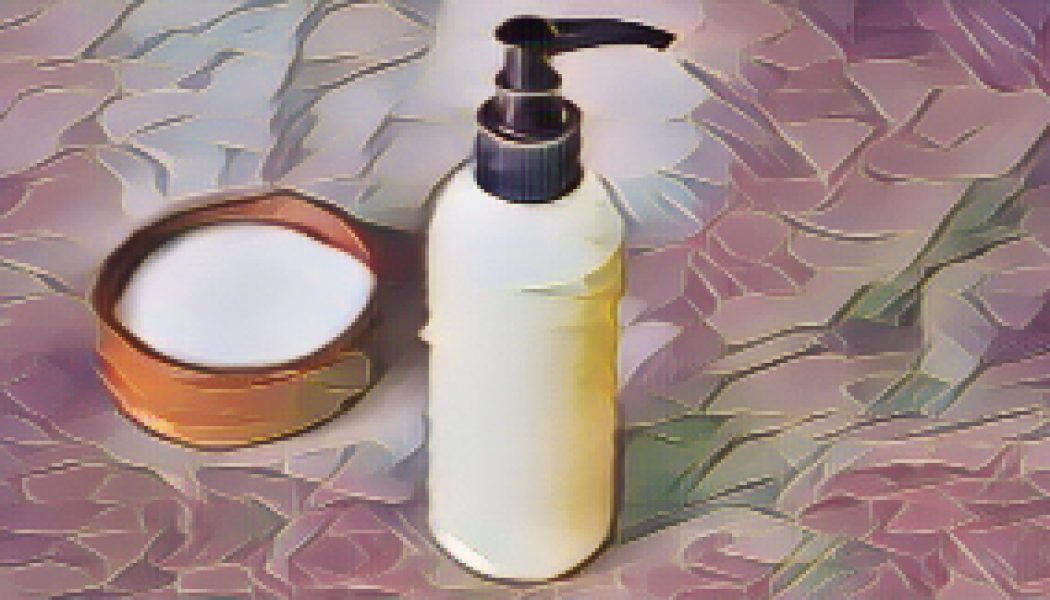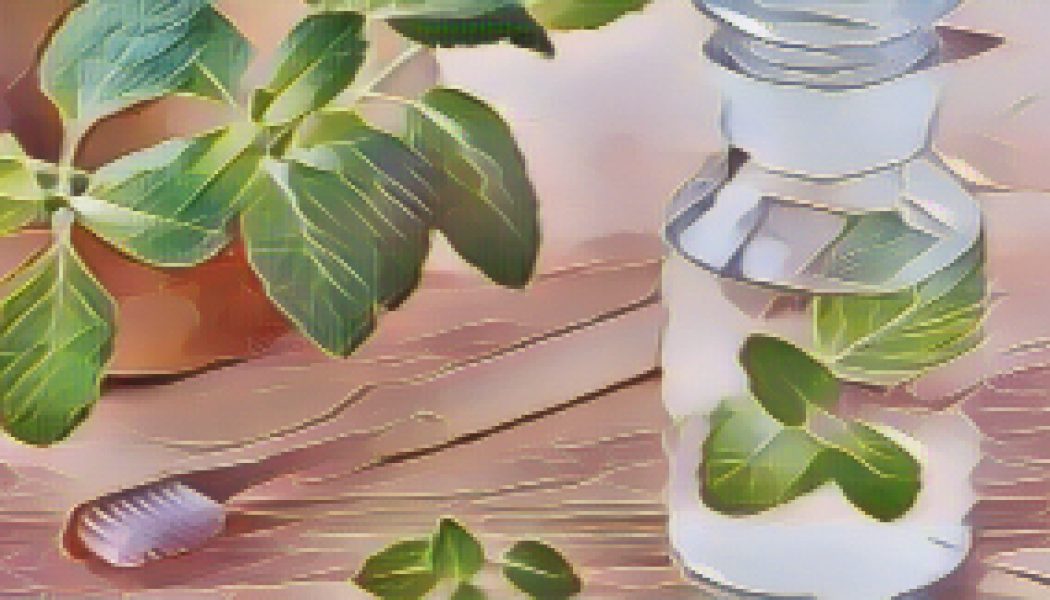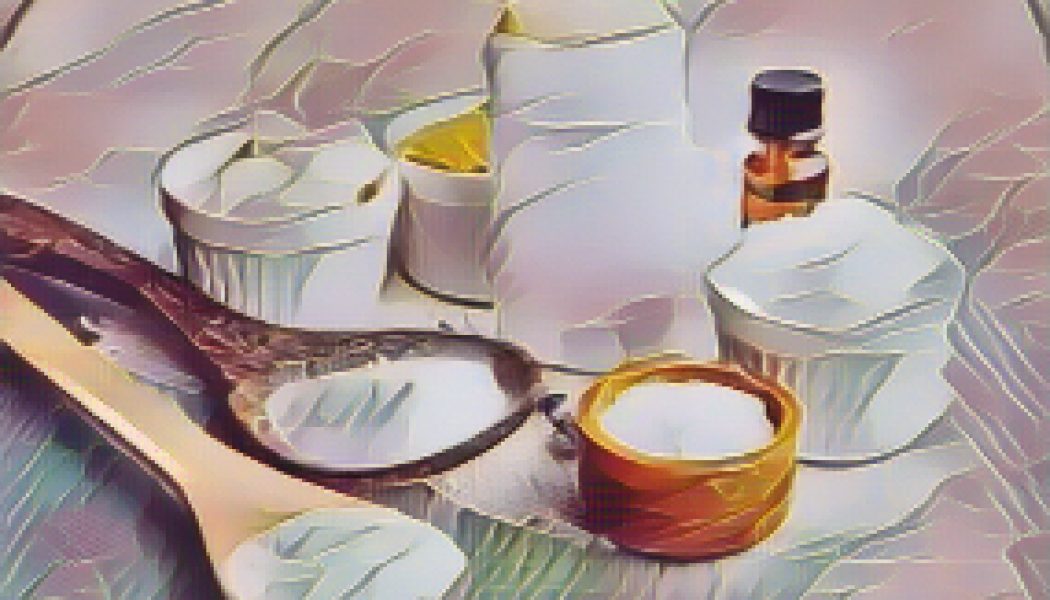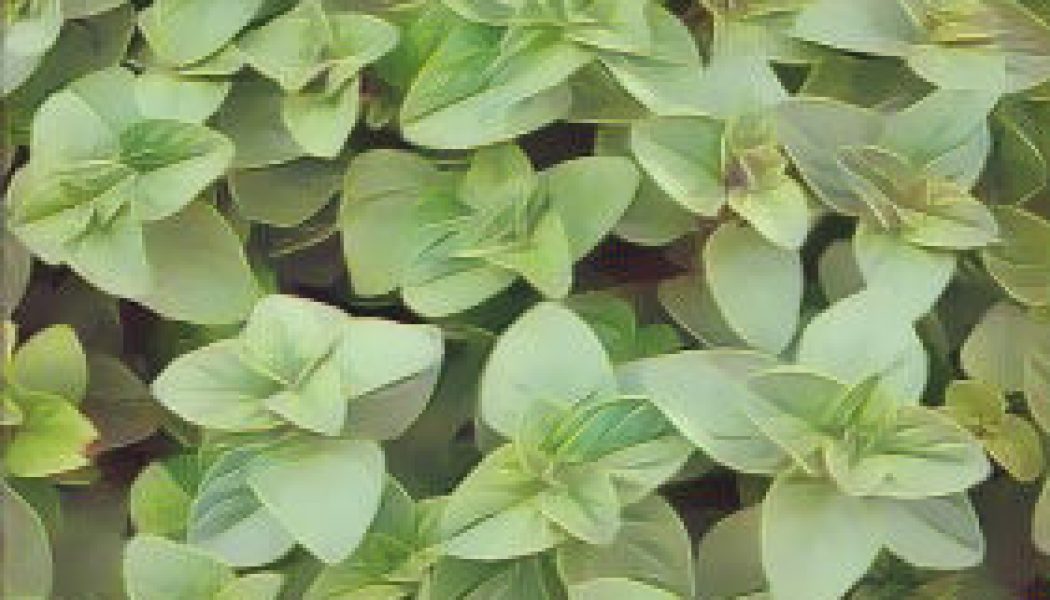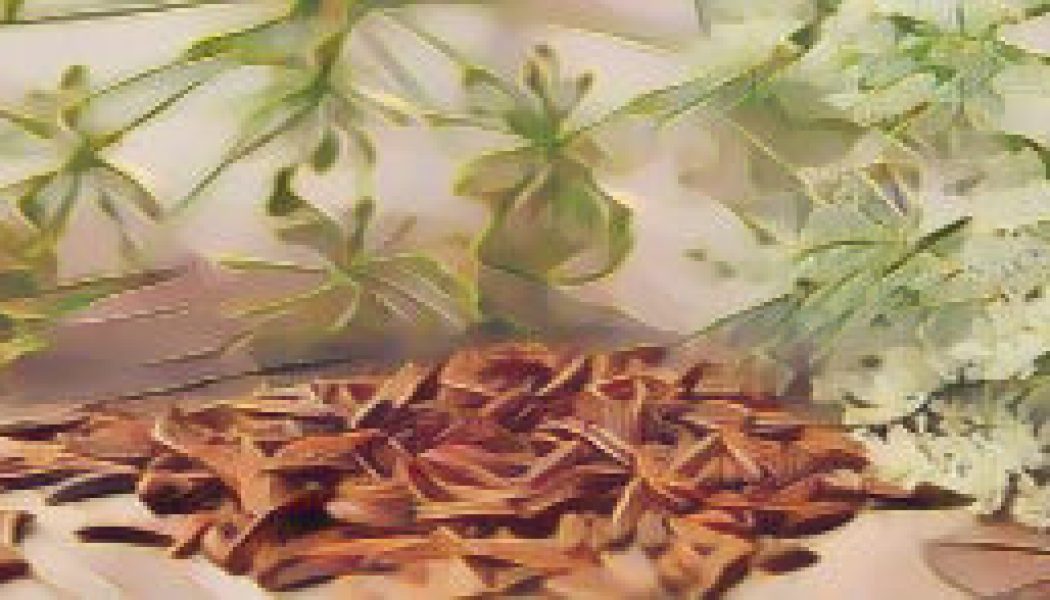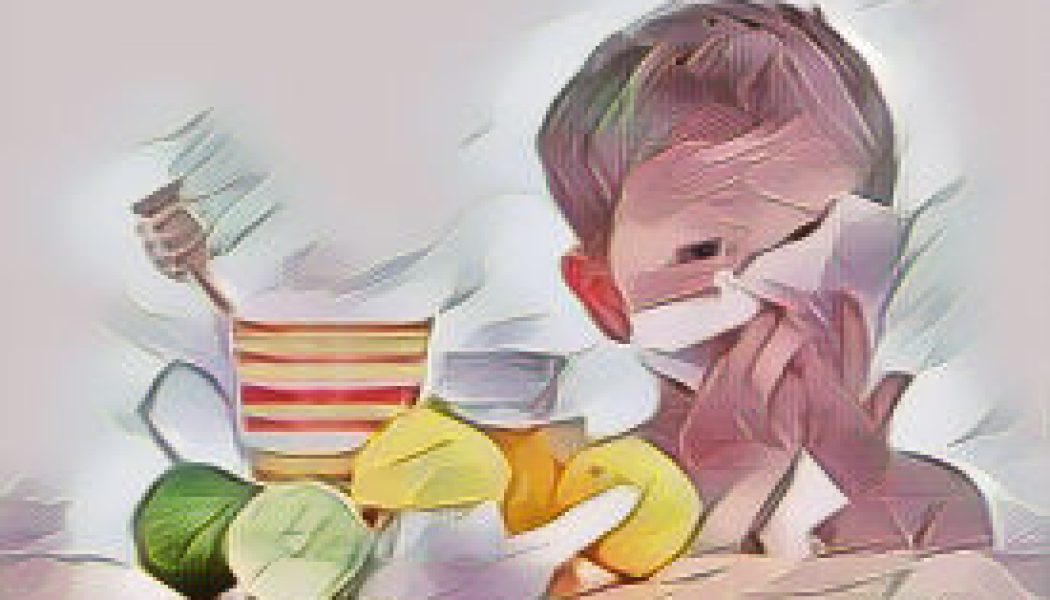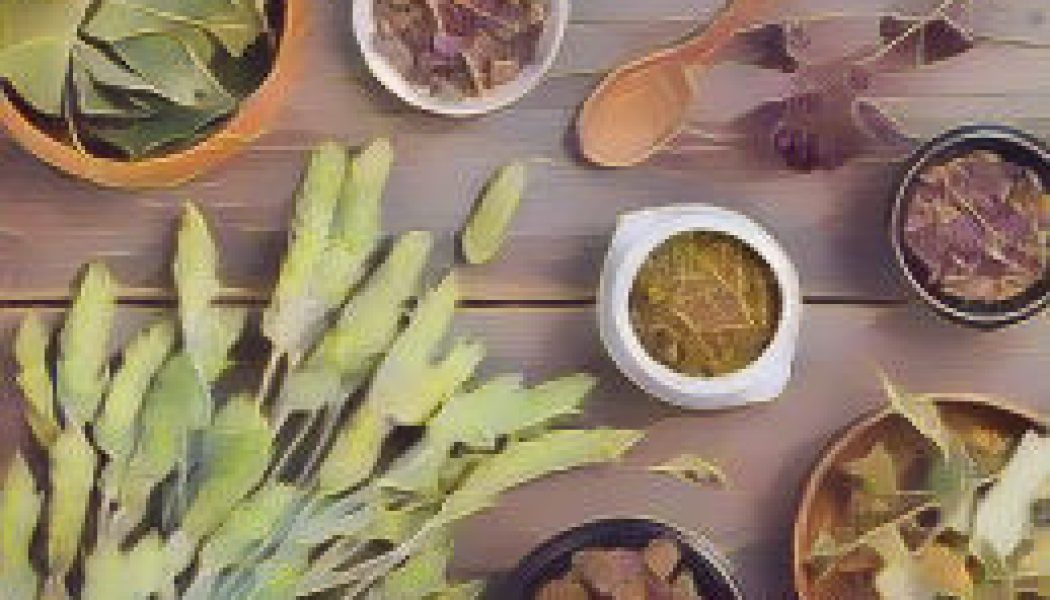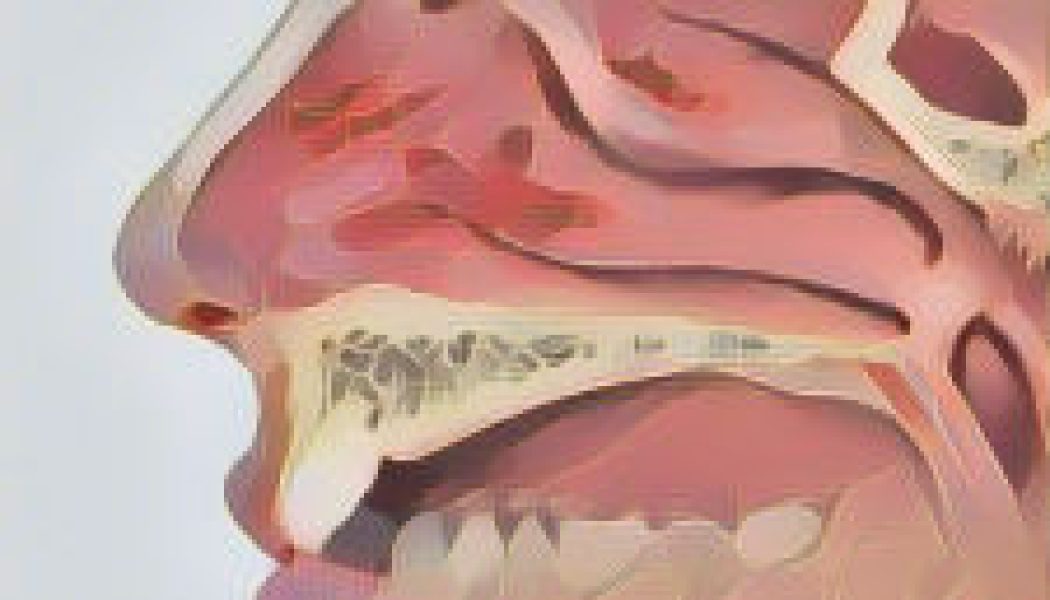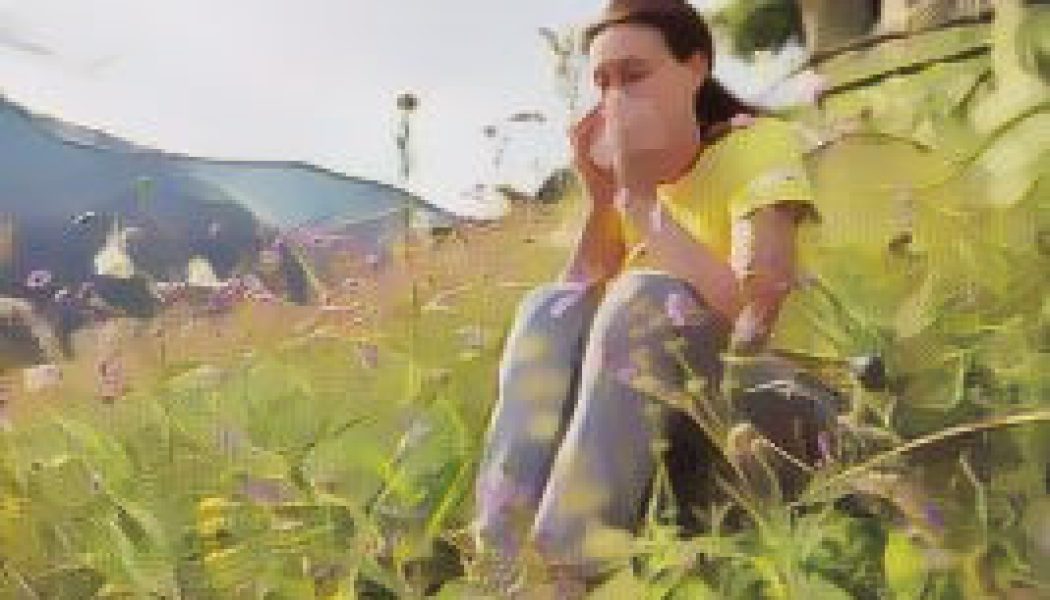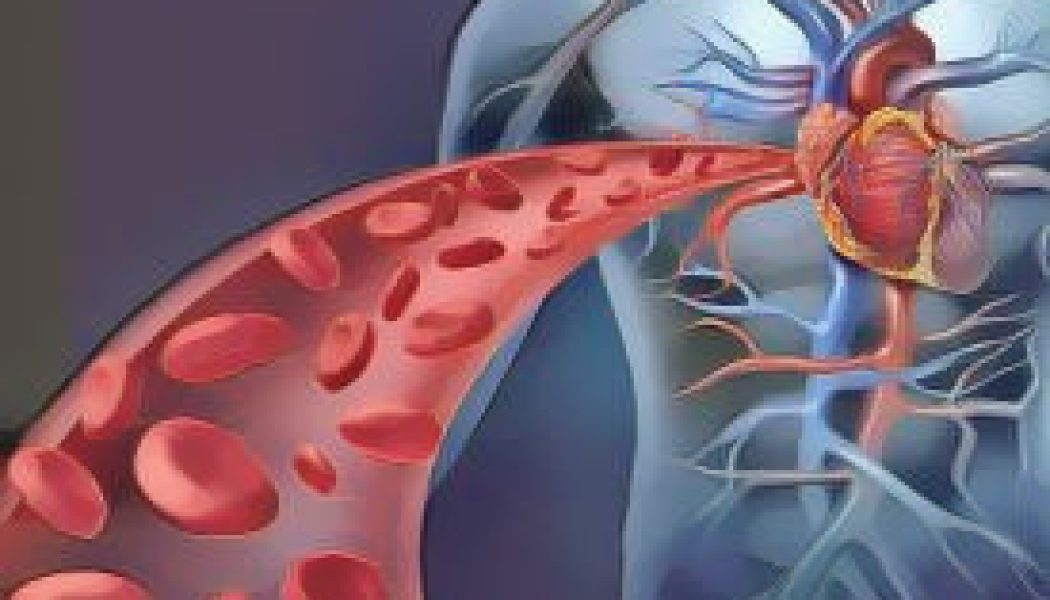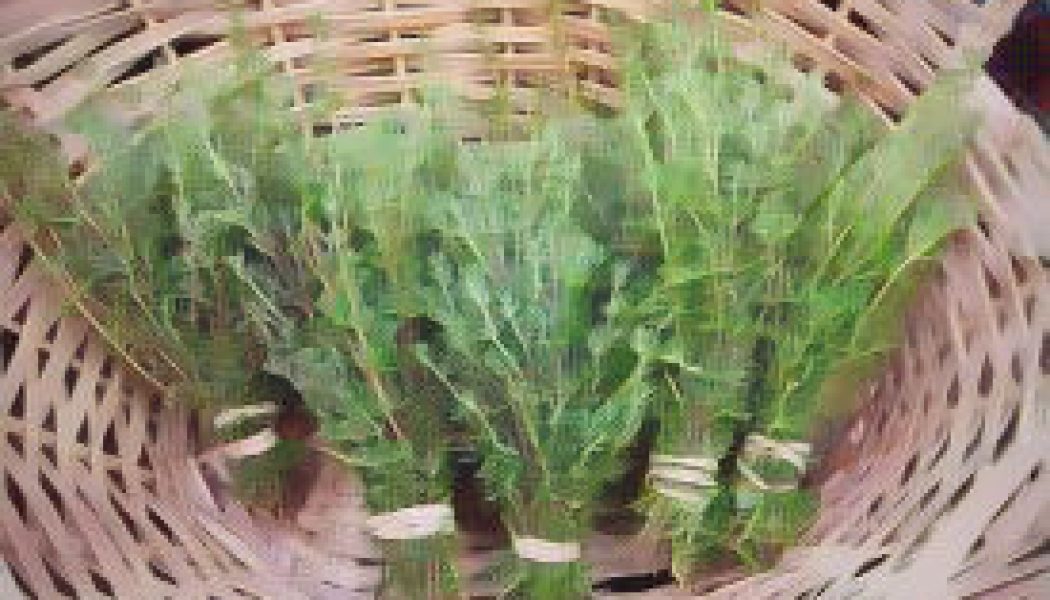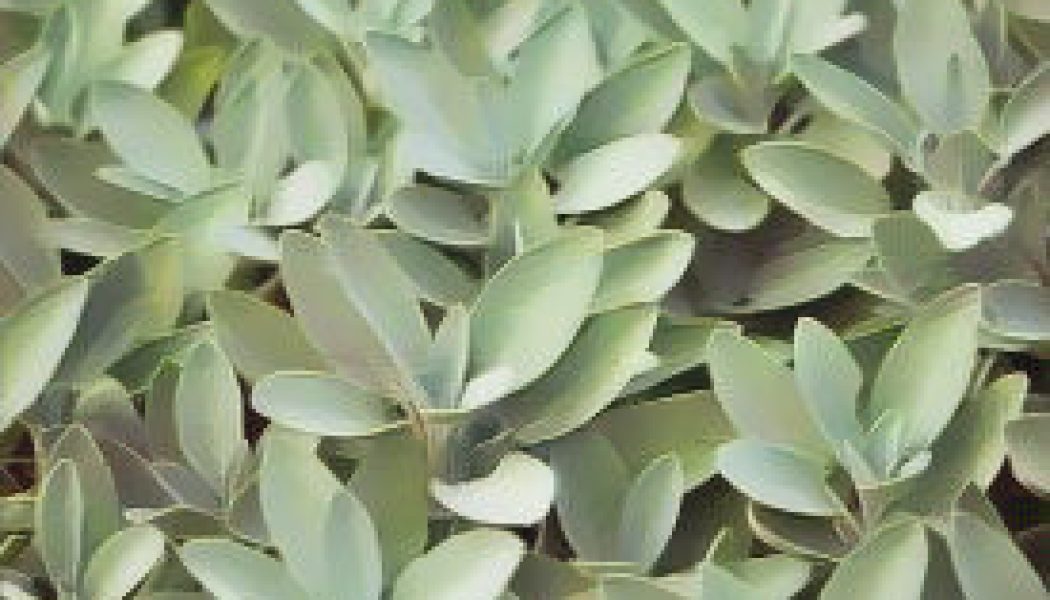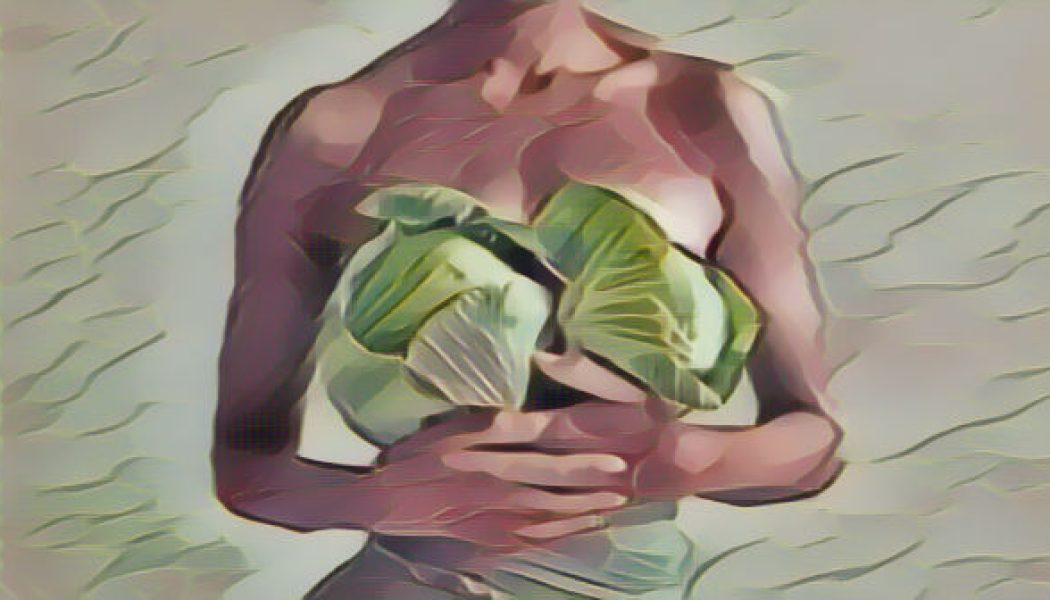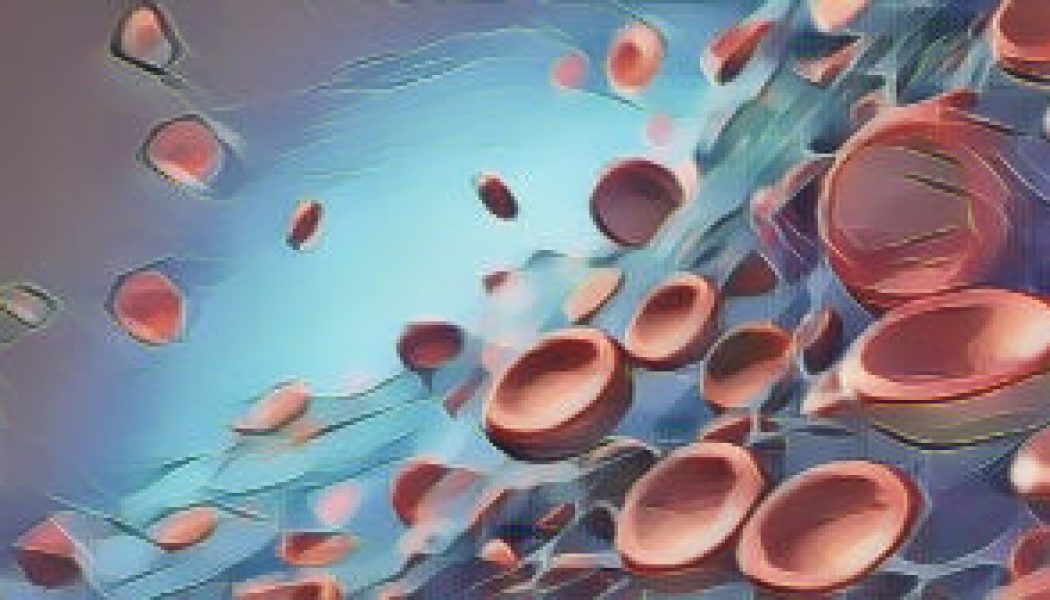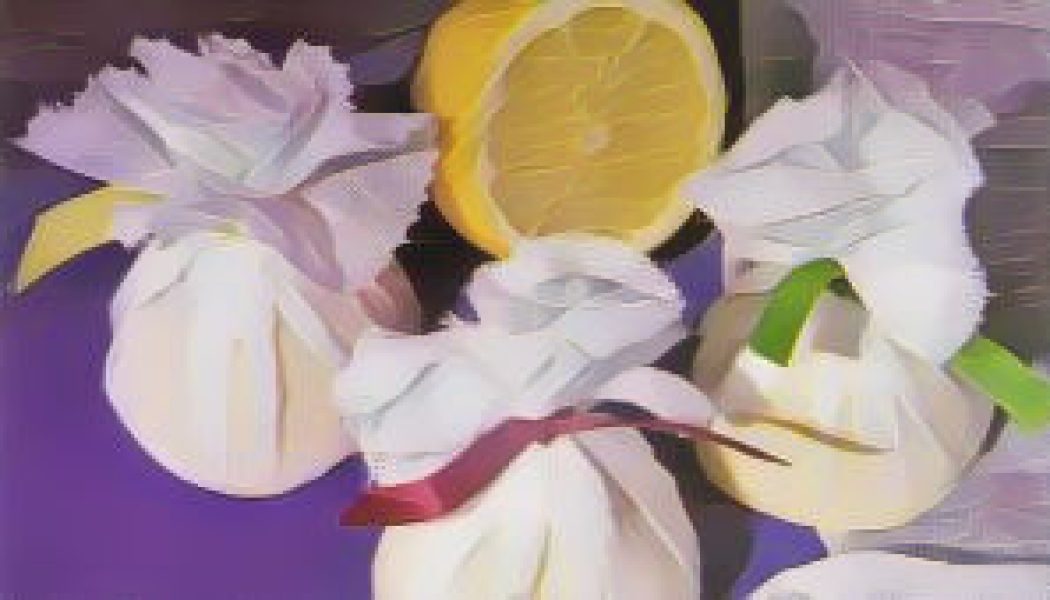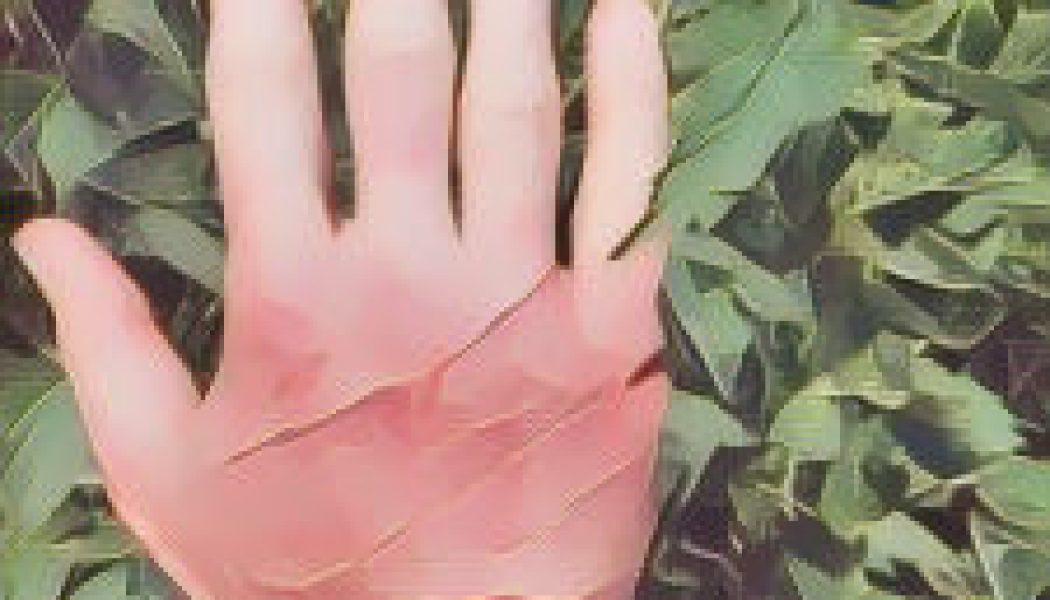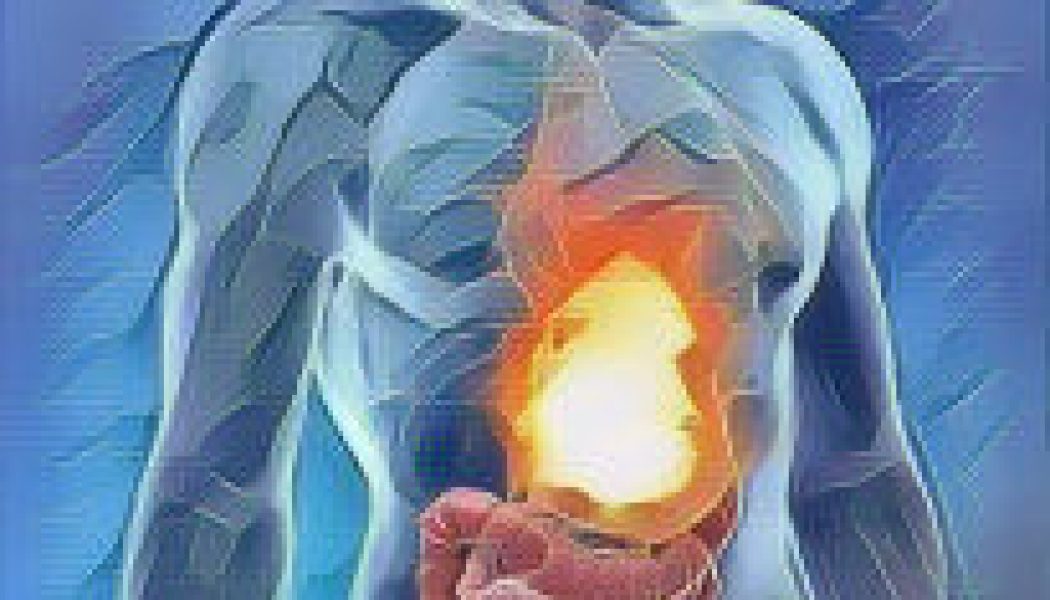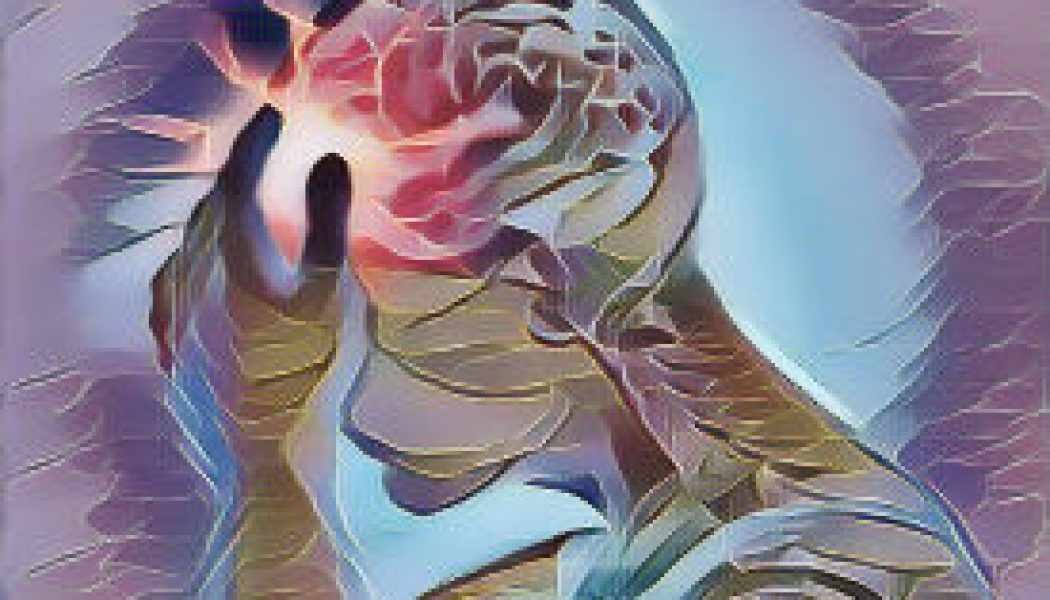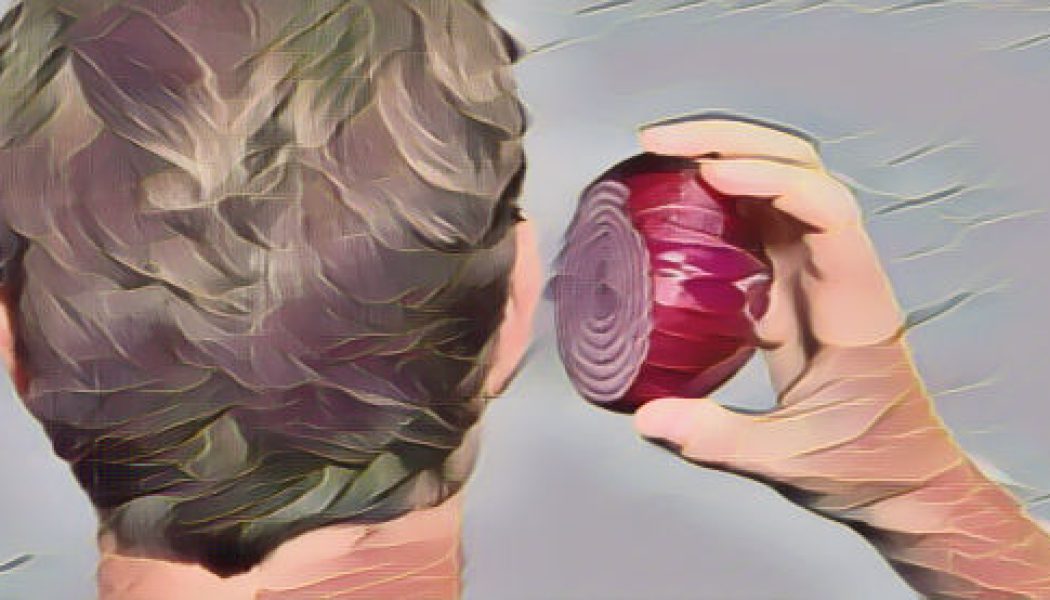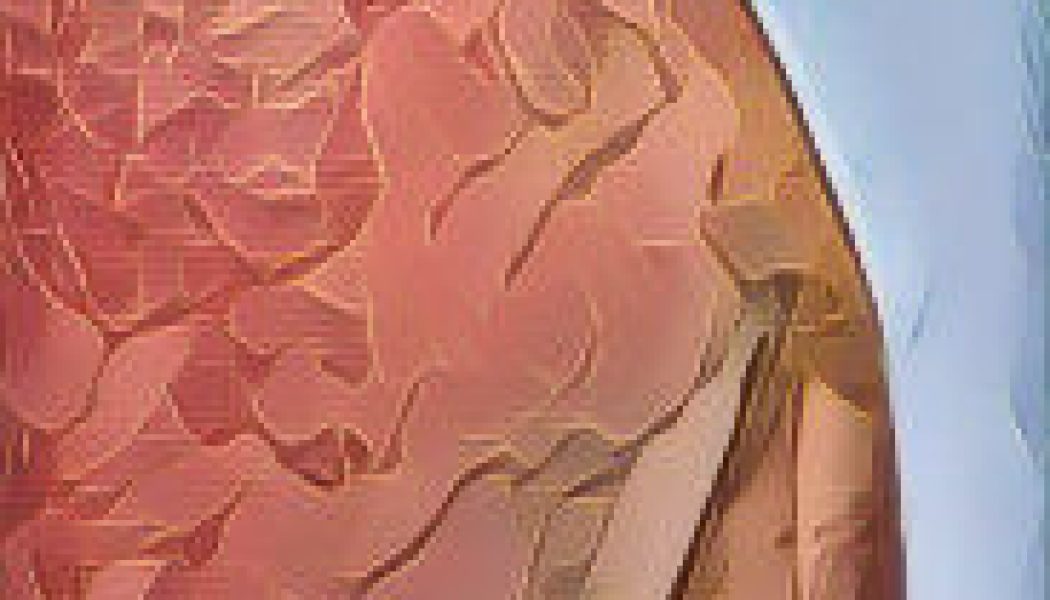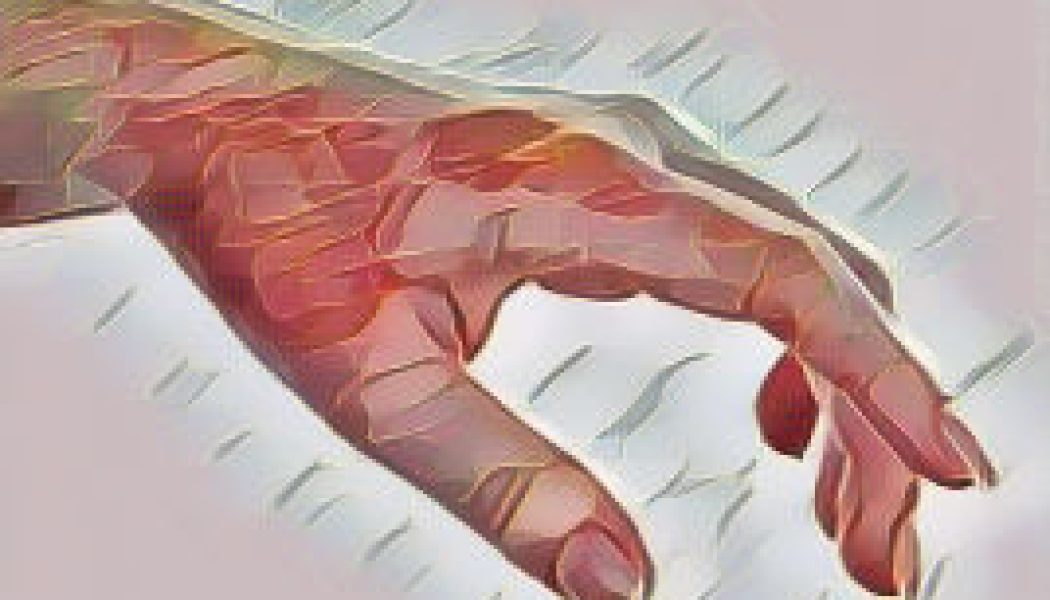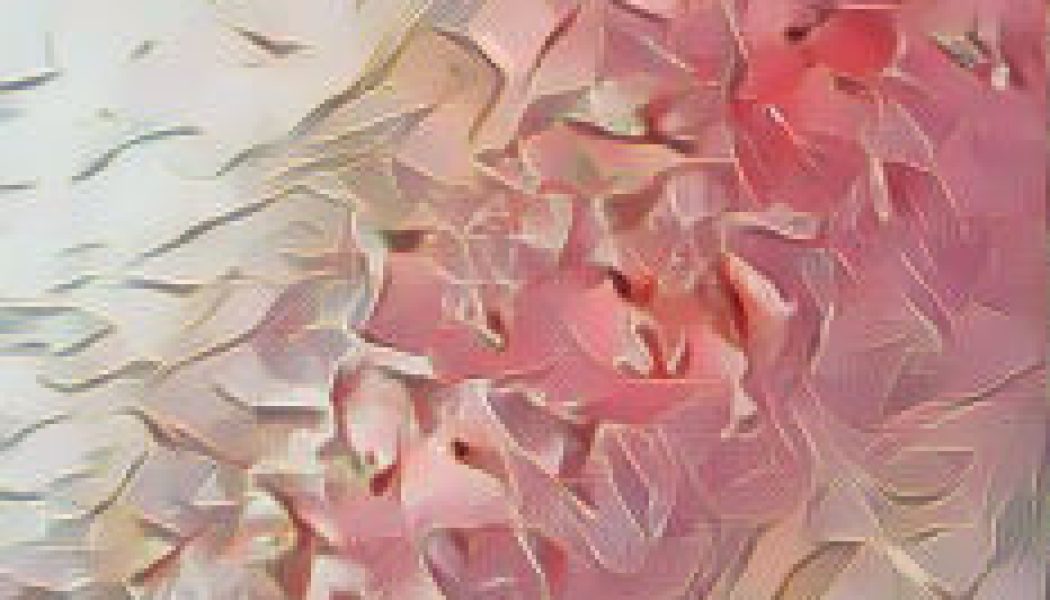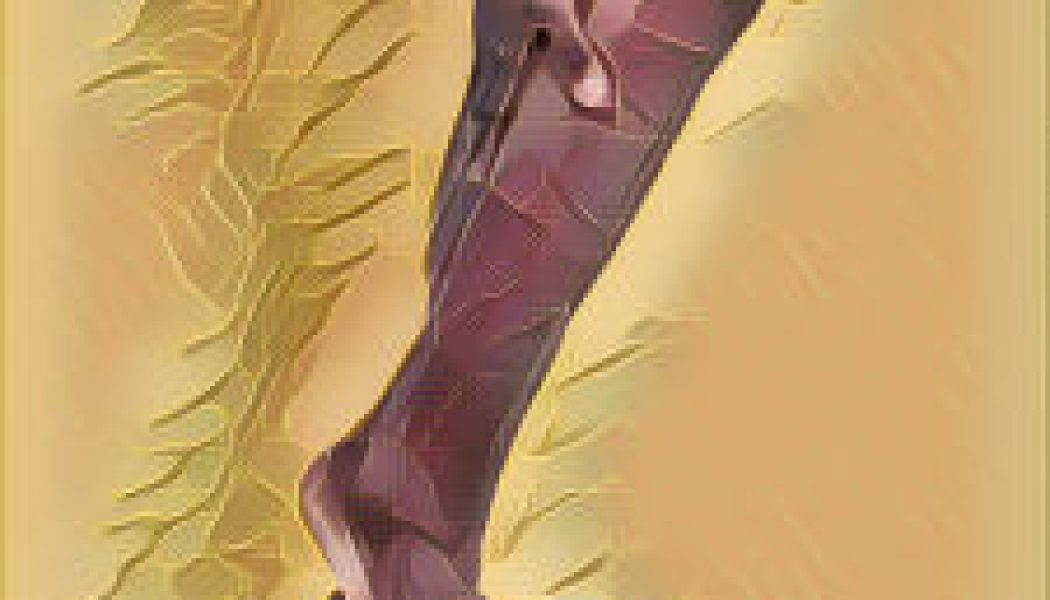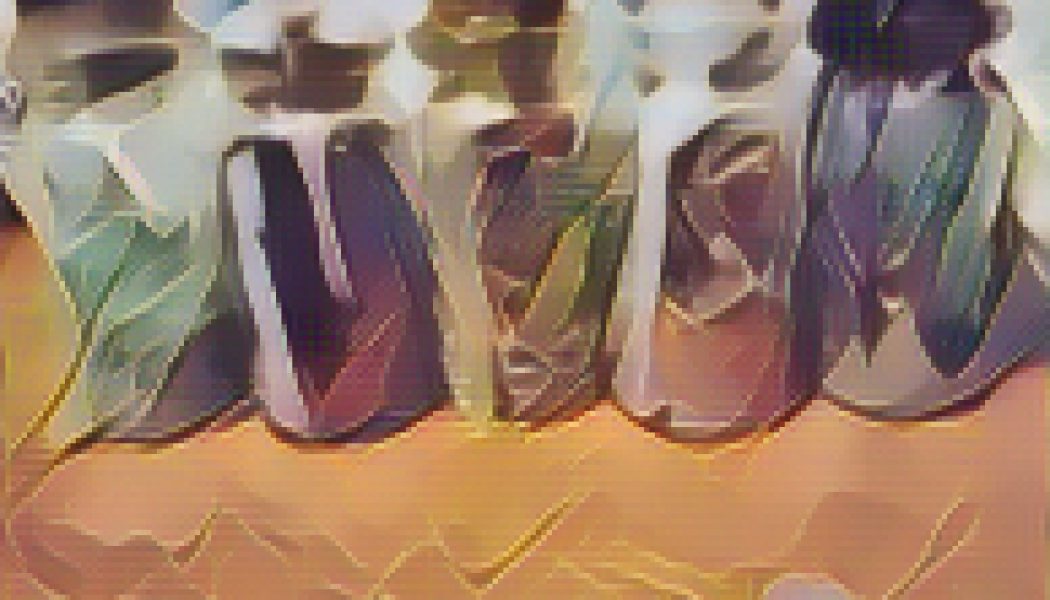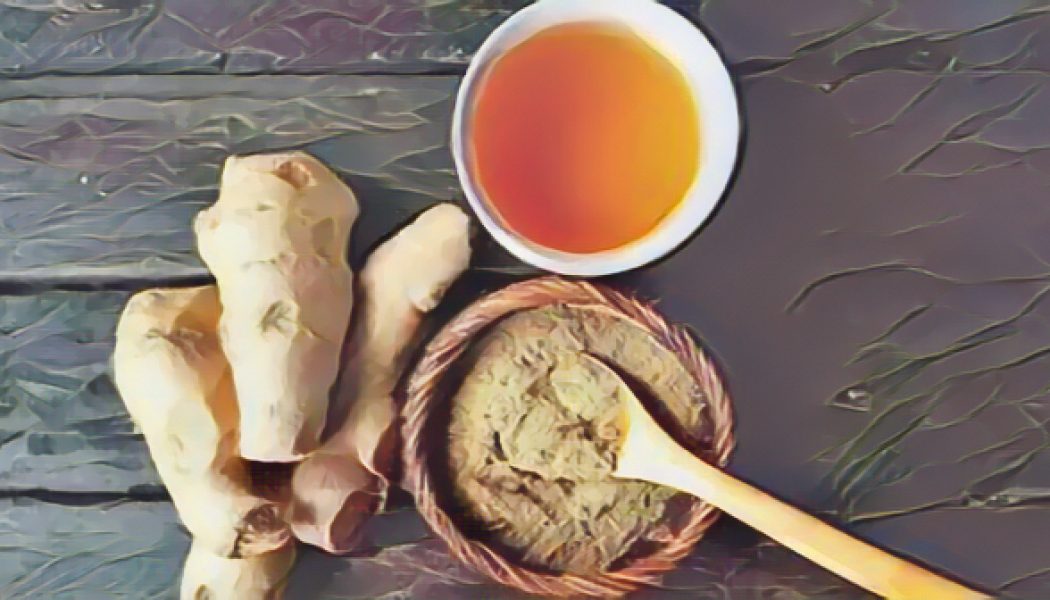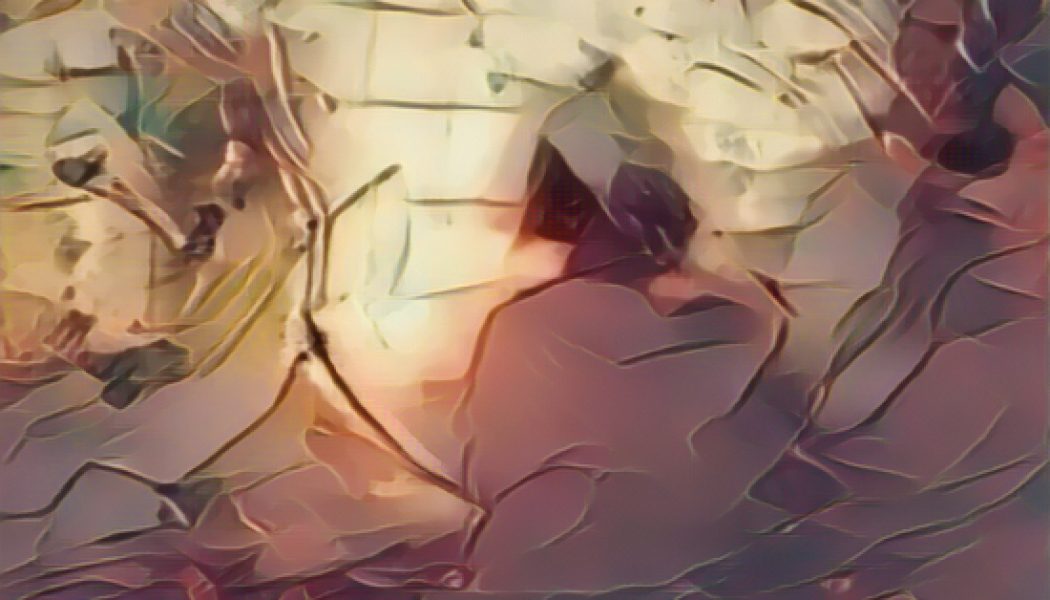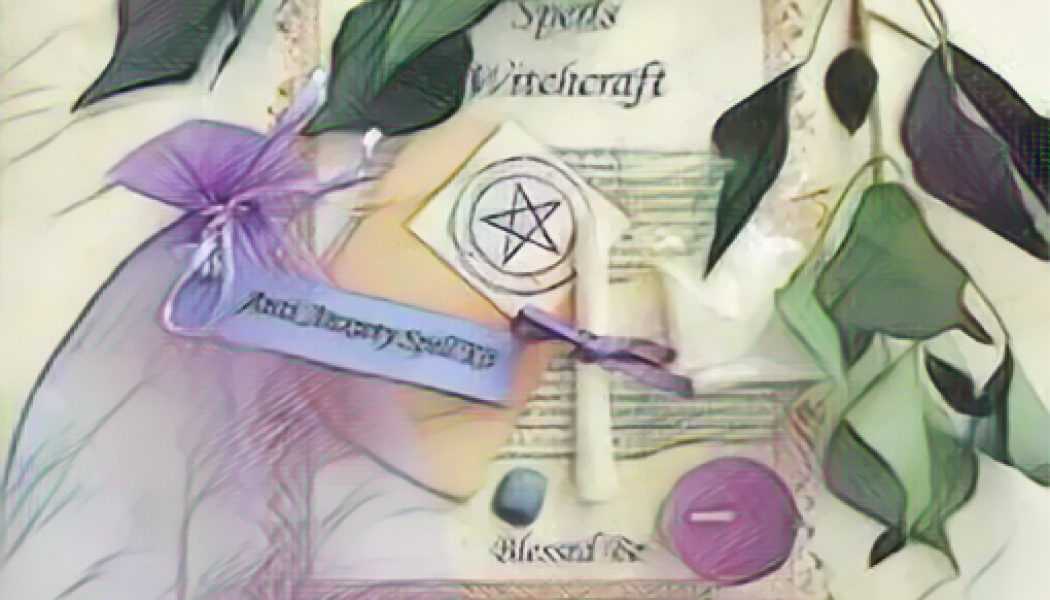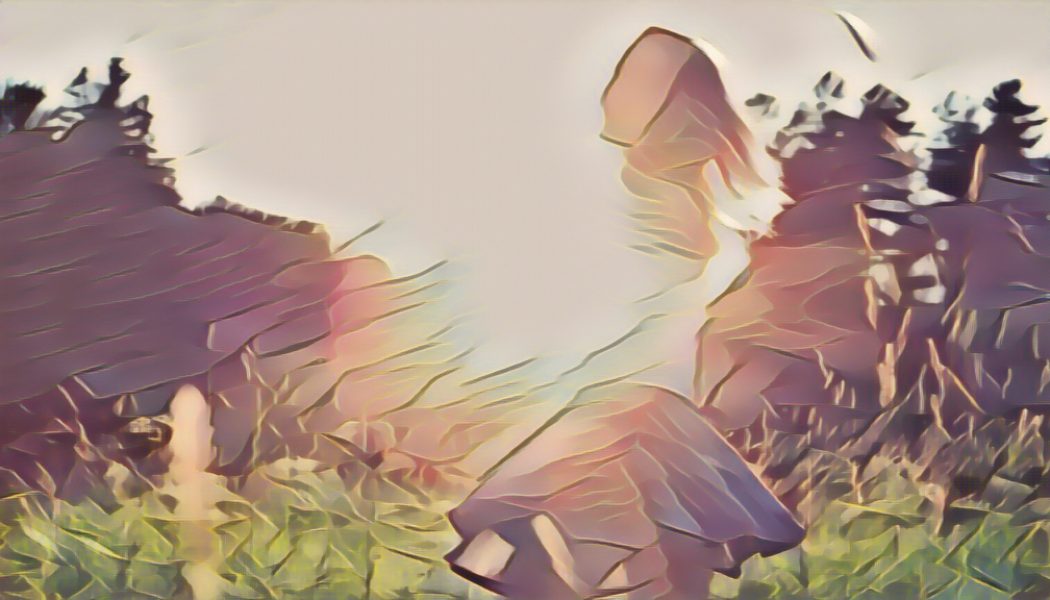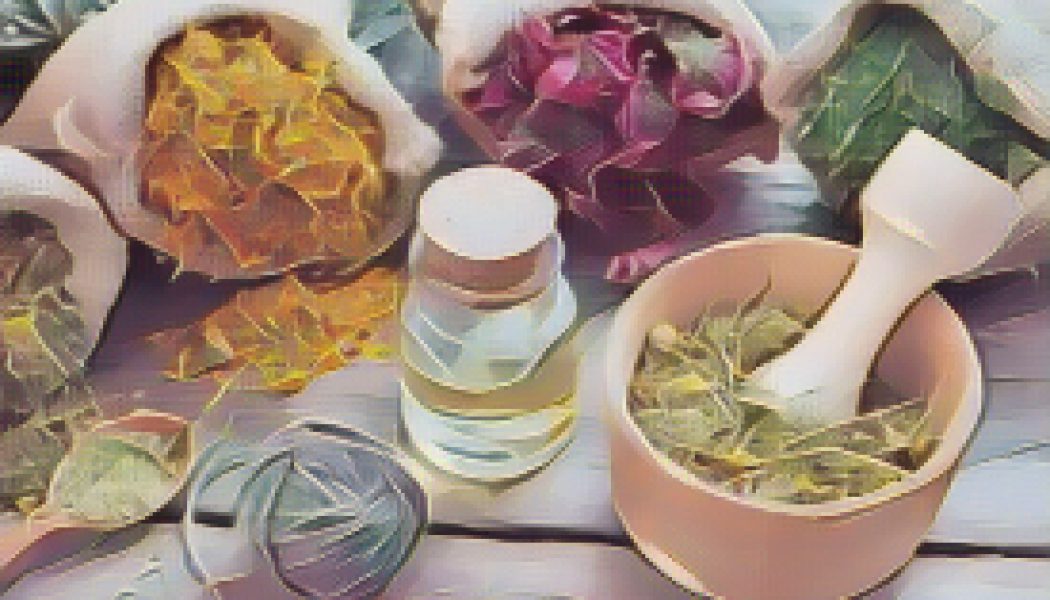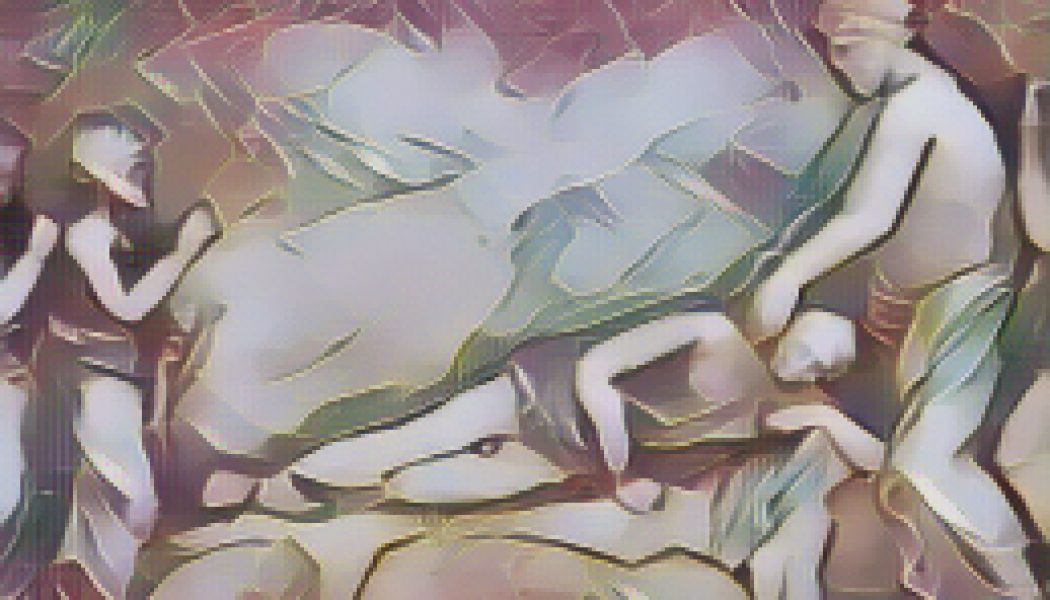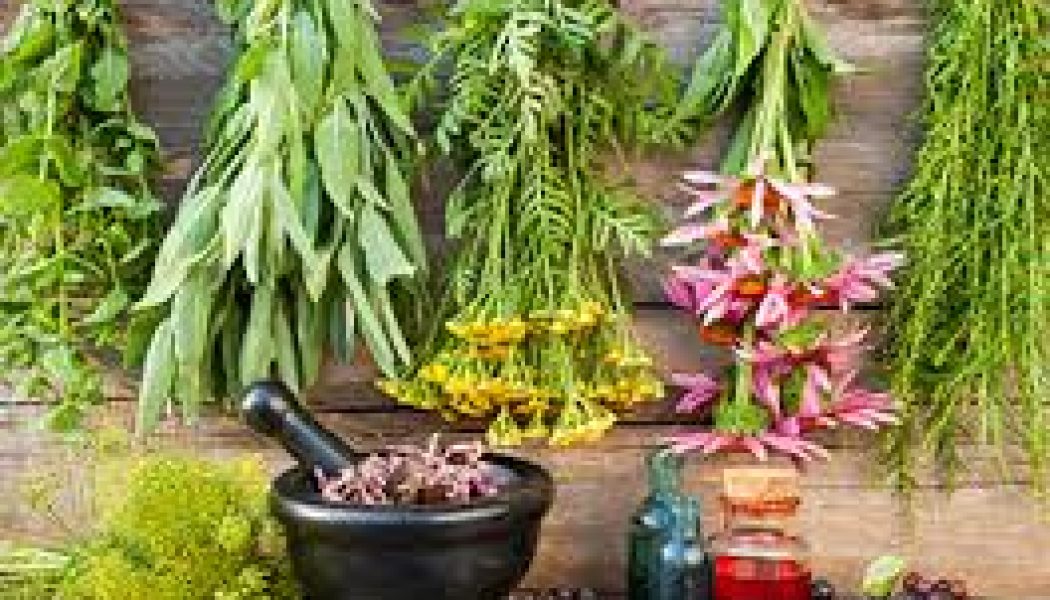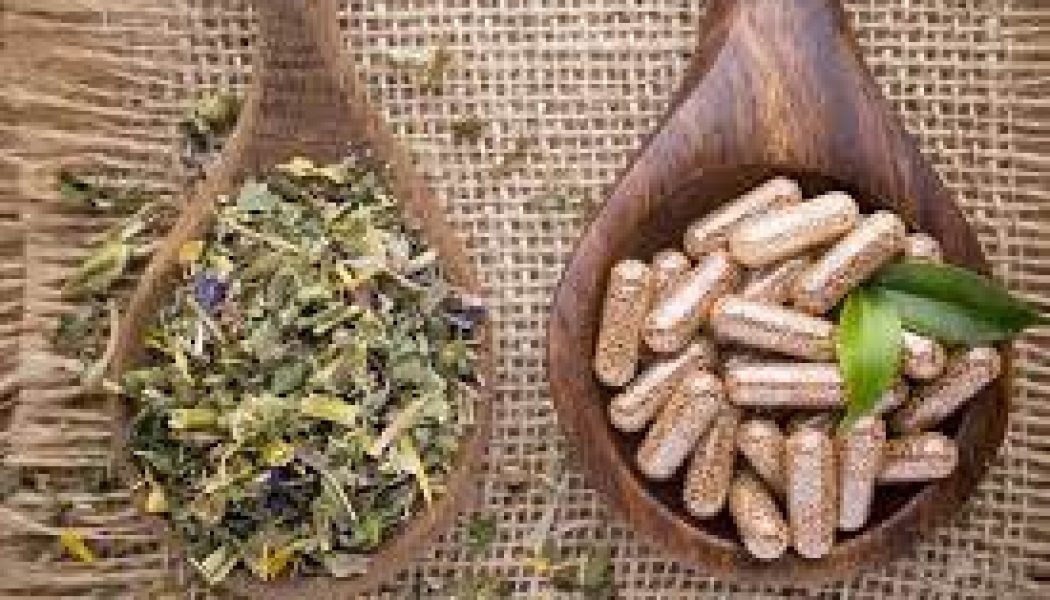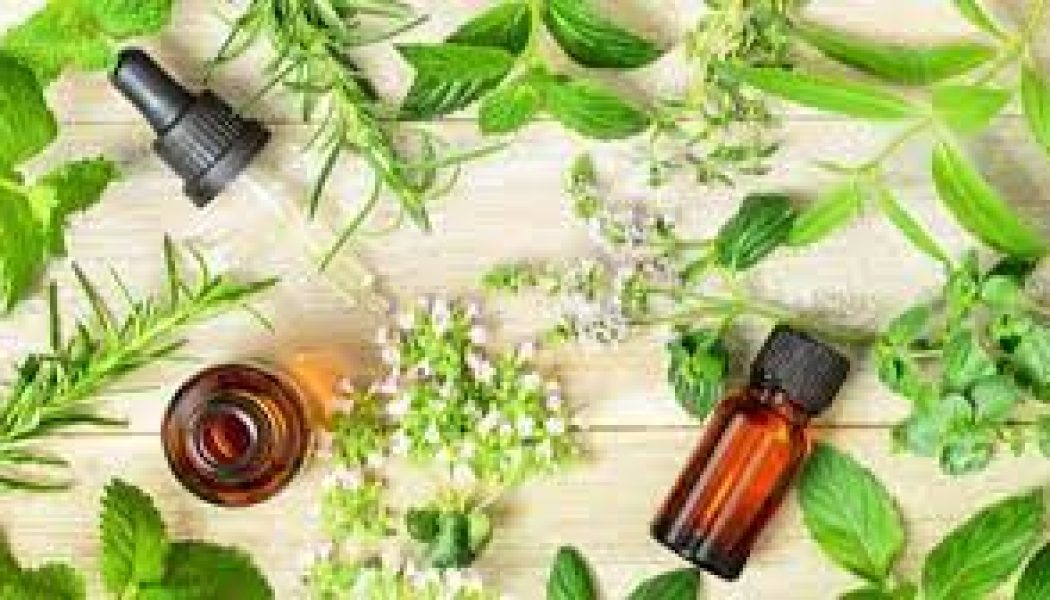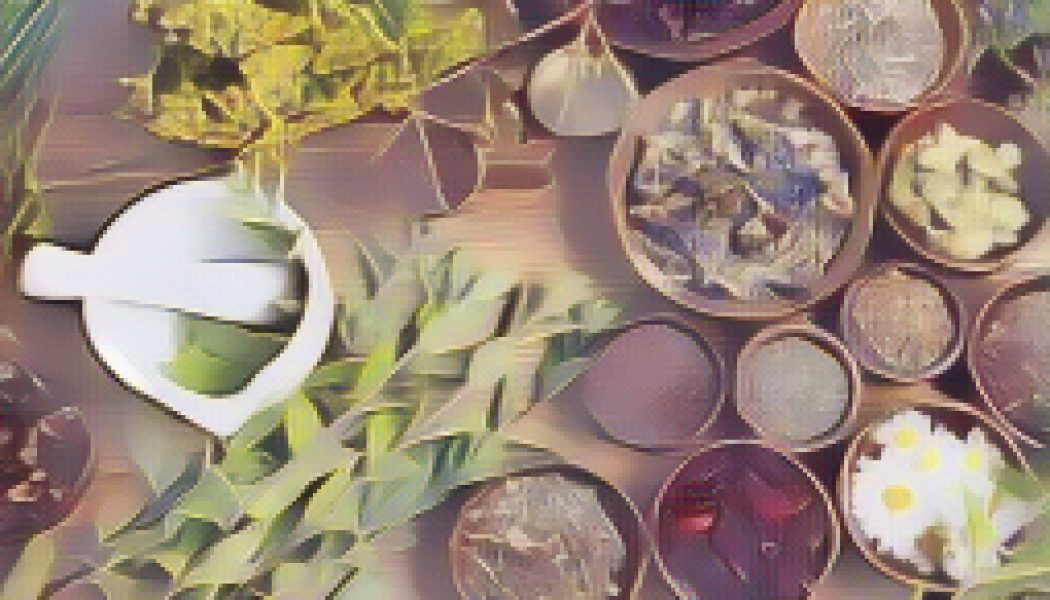Health Magick
Herbs Listed by Medical Symptom W
Warts: bananna peel, dandelion, garlic, lemon, thyme. Weakness: ginseng. Weight Loss: ephedra. Whooping Cough: mouse ear, thyme. Worms: balmony, pumpkin seed, tansy, thyme, wormwood. Wounds: aloe vera...
Herbs Listed by Medical Symptom V
Varicose Veins: marigold, mint. Vitamins: burdock, strawberry, violet.
Herbs Listed by Medical Symptom U
Uterus: basil, bee balm, birch, blackberry, black cohosh, black haw, chaste tree berry, cramp bark, ginger, pennyroyal, raspberry leaves, shepherd’s purse.
Herbs Listed by Medical Symptom T
Teeth: cloves, garlic. Throat: bee balm, blackberry, blackcurrant leaves, horehound, lemon, rose, sage, thyme. Tonics: agrimony, aven’s herb, balmony, black pepper, buckbean, bugloss, cleavers, dandel...
Herbs Listed by Medical Symptom R
Rheumatism: birch, bladderwrack, ground ivy, marigold, mint, rosemary, thyme.
Herbs Listed by Medical Symptom S
Scours: purslane Sedative: anise, black cohosh, celery, chamomile, chicory, lavender, lemon verbena, prickly lettuce, sage, skullcap, valerian, violet Skin: buckbean, chicory, Irish moss, lemon, marig...
Herbs Listed by Medical Symptom P
Pain Reliever: capsaicin, ginger, ginseng, valerian, willow, yarrow. Parasites: garlic. Piles: lesser celandine, pilewort, witch hazel. PMS: chaste tree berry, valerian. Prolonged Life: ginseng. Prost...
Herbs Listed by Medical Symptom N
Nervousness: valerian. Nettle Rash: nettles. Nosebleed: lemon, nettle.
Herbs Listed by Medical Symptom M
Menopause: black cohosh, black haw, chaste tree berry, licorice, wild yam. Menstruation: basil, bee balm, birch, blackberry, chaste tree berry, ginger, marigold, pennyroyal, raspberry leaves,tumeric, ...
Herbs Listed by Medical Symptom L
Lactation: blessed thistle,caraway, fennel. Laxative: boneset. garlic. Liver: bee balm, buckbean, costmary, goldenrod. Lungs: mint,shepherd’s purse.
Herbs Listed by Medical Symptom K
Kidneys: angelica, corn silk, elder, ground ivy, parsley, purslane, sheep sorrel, shepherd’s purse. Kidney Stones: birch.
Herbs Listed by Medical Symptom J
Jaundice: balmony, greater celandine, marigold. Joints: garlic, St. Johnswort, yarrow.
Herbs Listed by Medical Symptom H
Hair: lemon, nettle, rosemary, sage, wild cherry. Headache: birch, cayenne, chamomile, ginger, lavender, lemon, lemon verbena, mint, rosemary, sage, skullcap, thyme, valerian. Heart: cayenne, ginseng,...
Herbs Listed by Medical Symptom F
Face: brewer’s yeast flower. Fatigue: ginseng, mint, nettle, rosemary. Female Problems: blackberry. Fever: balm, birch, blackcurrant leaves, boneset, borage, calendula, cleavers, elder, ginseng, lemon...
Herbs Listed by Medical Symptom E
Earache: garlic. Eczema: marigold. Eliminate Toxins: apple, coltsfoot, shepherd’s purse. Exhaustion: catclaw, St. Johnswort, thyme, vitamin B12. Expectorant: bugloss, pine. External Bleeding: cayenne....
Herbs Listed by Medical Symptom D
Dandruff: sage. Depression: borage, catclaw, cayenne, ginseng, lavender, rosemary, St. Johnswort. Detergent: balmony. Diabetes: ginseng, rosemary. Diarrhea: blackberry, cinnamon. Digestion: agrimony, ...
Herbs Listed by Medical Symptom C
Cancer: garlic, ginseng, parsley, sheep sorrel, violet. Catarrh: blackcurrant leaves, goldenseal, prickly lettuce, mullein, peppermint, sage. Cellulite: lemon, rosemary. Chapping: marigold. Chest: bay...
Herbs Listed by Medical Symptom B
Back Pain: yarrow. Baldness: wild cherry. Bed Wetting: St. Johnswort. Bile: balmony. Bladder: basil, broom, buchu, cornsilk, elder, parsley, saw palmetto, sheep sorrel, shepherd’s purse. Blood: bee ba...
Herbs Listed by Medical Symptom A
Acne: rosemary, thyme, witch-hazel. Allergies: nettle. Amenorrhea: chaste tree berry. Antibacterial: lemon, thyme. Antibiotic: calendula, comfrey, garlic, marigold, mullein, raspberry, sweet woodruff...
Herbs Listed by Medical Symptom I
Immune System: ginseng, lavender. Impotence: ginseng. Induce Perspiration: angelica, balm, calendula, lemon balm. Infection: garlic, thyme, yarrow. Inflammation: bugloss, marigold, mint, tumeric. Inse...
Random Natural Remedies Toothpaste Tip
Toothpaste Tip Washing your hands with toothpaste and water will eliminate fish odor.
Random Natural Remedies Easy Oatmeal Soap
If you have leftover soap slivers in the bathtub or sink, you can recycle them into this yummy new soap! Oatmeal has proven moisturizing benefits. Gather these ingredients: 1/2 cup oatmeal, 1/2 cup sm...
Random Natural Remedies Homemade Toothpaste
Mix ¼ teaspoon hydrogen peroxide and ½ teaspoon baking soda, scoop the paste up with your toothbrush and proceed as you normally would.
Random Natural Remedies Eye Make-up Remover (Safe and Gentle)
Save on those very expensive eye make-up removers with this recipe. Combine 1 tablespoon canola oil, 1 tablespoon castor oil, and 1 tablespoon light olive oil. For use on your entire body, put some ca...
Random Natural Remedies Homemade Moisturizer
For healthy skin, add rosemary oil to the bathwater. Another age-old tradition to prevent wrinkles around the eyes is to apply a drop of castor oil around each eye before going to bed. Castor oil acts...
Random Natural Remedies Simple Shampoo
Simple Shampoo Old-fashioned Castile soap can also be dissolved in warm water to be used as shampoo. After shampooing, rinse your hair with lemon juice to make it shine. Adding essential oils to store...
Random Natural Remedies Homemade Minty Toothpaste
To make toothpaste with a more traditional toothpaste consistency and a mint-y taste, mix together 6 teaspoons of baking soda, 1/3 teaspoon salt, 4 teaspoons glycerin, and 15 drops of peppermint or wi...
Random Natural Remedies deodorants
The best deodrants is plain old baking soda. You can pat it right onto your skin or mix it with a little cornstarch for extra staying power and moisture control. Try 1/2 cornstarch and 1/2 baking soda...
Herbal Folklore & Old Fashioned Tips, Thyme.
Herbal Folklore & Old Fashioned Tips, Thyme. Burning thyme gets rid of insects in your house. A bed of thyme was thought to be a home for fairies.
Herbal Folklore & Old Fashioned Tips, Tarragon.
Herbal Folklore & Old Fashioned Tips, Tarragon. Put in shoes before long walking trips to give strength. It has been used to relieve toothache and as an antifungal.
Herbal Folklore & Old Fashioned Tips, Summer Savory.
Herbal Folklore & Old Fashioned Tips, Summer Savory. It was believed to be an aphrodisiac. Some thought it was a cure for deafness.
Herbal Folklore & Old Fashioned Tips, Sage.
Herbal Folklore & Old Fashioned Tips, Sage. Thought to promote strength and longevity and believed to cure warts. American Indians used it as a toothbrush.
Herbal Folklore & Old Fashioned Tips, Rosemary
Herbal Folklore & Old Fashioned Tips, Rosemary. Rosemary in your hair will improve your memory. It will protect you from evil spirits if you put a sprig under your pillow.
Herbal Folklore & Old Fashioned Tips, Mint.
Herbal Folklore & Old Fashioned Tips, Mint. It was believed to cure hiccups and counteract sea-serpent stings. The Romans wore peppermint wreaths on their heads. It was added to bathwater for its ...
Herbal Folklore & Old Fashioned Tips, Parsley
Herbal Folklore & Old Fashioned Tips, Parsley. Used for wreaths and in funeral ceremonies. Believed to repel head lice and attract rabbits.
Herbal Folklore & Old Fashioned Tips, Oregano.
Herbal Folklore & Old Fashioned Tips, Oregano. Used for “sour humours” that plagued old farmers. Also used for scorpion and spider bites.
Herbal Folklore & Old Fashioned Tips, Marjoram
Herbal Folklore & Old Fashioned Tips, Marjoram. The Greeks believed it could revive the spirits of anyone who inhaled it. At weddings wreaths and garlands were made of marjoram.
Herbal Folklore & Old Fashioned Tips, Lovage
Herbal Folklore & Old Fashioned Tips, Lovage. Chewing on a piece of the dried root will keep you awake. Lovage warms a cold stomach and help digestion. Added to bathwater, it was believed to relie...
Herbal Folklore & Old Fashioned Tips, Garlic
Herbal Folklore & Old Fashioned Tips, Garlic. It was thought to give strength and courage. Aristotle noted garlic’s use as a guard against the fear of water. It’s also been widely used against evi...
Herbal Folklore & Old Fashioned Tips, Dill
Herbal Folklore & Old Fashioned Tips, Dill. Romans made wreaths and garlands out of dill. Dill keeps evil away.
Herbal Folklore & Old Fashioned Tips, Chives
Herbal Folklore & Old Fashioned Tips, Chives. Bunches of chives hung in your home were used to drive away diseases and evil.
Herbal Folklore & Old Fashioned Tips, Fennel
Herbal Folklore & Old Fashioned Tips, Fennel. Bunches of fennel were used to drive off evil. It was used in love potions and as an appetite suppressant.
Herbal Folklore & Old Fashioned Tips, Chervil
Herbal Folklore & Old Fashioned Tips, Chervil. Eating a whole plant would cure hiccups; chervil was said to warm old and cold stomachs.
Herbal Folklore & Old Fashioned Tips Caraway
Herbal Folklore & Old Fashioned Tips Caraway Caraway was used to scent perfumes and soaps. The Greeks used it for upset stomachs.
Herbal Folklore & Old Fashioned Tips Borage
Herbal Folklore & Old Fashioned Tips Borage The Romans believed the herb to be an antidepressant, and ancient Celtic warriors took it for courage.
Herbal Folklore & Old Fashioned Tips Basil
Herbal Folklore & Old Fashioned Tips Basil Precious to lovers in Italy and considered sacred in India. Many years ago, Italian men wore a sprig of basil to indicate their intended marriage. A cup ...
Herbal Folklore & Old Fashioned Tips Anise
Herbal Folklore & Old Fashioned Tips Anise Romans paid taxes with anise, and it was used in cough drops.
Folk Medicine and Remedies Tips to Boost your Immune System
Folk Medicine and Remedies Tips to Boost your Immune System Eat Garlic (preferably in food, not raw) Get your 5 fruits and vegetables a day Eat Bell Peppers Use Turmeric, Echinacea, Elderberry or Gins...
Folk Medicine and Remedies Heartburn and reflux
Folk Medicine and Remedies Heartburn and reflux A handful of Almonds may help against heartburn and reflux.
Folk Medicine and Remedies Warts
Folk Medicine and Remedies Warts Add tea tree-oil to the warts every day and they will soon go away. The juice of a Houseleek is said to remove warts.
Folk Medicine and Remedies Toothache
Folk Medicine and Remedies Toothache If you have a toothache, you can lessen the pain by rubbing Clove essential oil on your gums.
Folk Medicine and Remedies Sore throat
Folk Medicine and Remedies Sore throat 1-2 cups of Fenugreek tea a day. 2 tbsp of Fenugreek powder to 1⁄4 l (~8.5 fl oz) of boiling water, drink it after it’s cooled (you should avoid hot drinks when ...
Folk Medicine and Remedies Insomnia
Folk Medicine and Remedies Insomnia A small bag of Hops under the pillow is said to help against insomnia.
Folk Medicine and Remedies Motion sickness
Folk Medicine and Remedies Motion sickness 1 drop of Peppermint essential oil is mixed with 1 tsp of Honey in a cup. Add some hot water and stir well. Drink slowly half an hour before going on a trip....
Folk Medicine and Remedies Nausea
Folk Medicine and Remedies Nausea Mix 1⁄4 tsp of ground Ginger in 1 glass of water and drink it. The nausea usually subsides after 10-15 minutes.
Folk Medicine and Remedies Hickups
Folk Medicine and Remedies Hickups Eat a teaspoon of raspberry jam.
Folk Medicine and Remedies Bug Bites
Folk Medicine and Remedies Bug Bites Hyssop oil or lotion Lavender oil Marigold ointment Bandage with plantain Put fresh leaves of lemon balm or sage on the bite Try a slice of onion. Rub the bite wit...
Folk Medicine and Remedies Coughing
Folk Medicine and Remedies Coughing Cut an onion into segments and put it in a bowl of water – almost cover it with water. Place the bowl in the bedroom.
Folk Medicine and Remedies Stuffed nose
Folk Medicine and Remedies Stuffed nose Essential oils, especially pine needle, sage and eucalyptus oil may help. Drip a couple of drops on a cloth and sniff. Take the lid off a jar of honey and breat...
Folk Medicine and Remedies Hoarseness
Folk Medicine and Remedies Hoarseness Cold wraps around the neck. Small Burnet drops- put some drops on a piece of sugar and suck it. Repeat 3 times a day. Carrots and honey- boil 4 carrots until they...
Folk Medicine and Remedies Cold Prevention
Folk Medicine and Remedies Cold Prevention Echinacea is good as a preventative and when you start to get sick. To prevent a cold you can take 30 drops a day for week, stop for a week and then repeat i...
Folk Medicine and Remedies Colds – bronchitis
Colds – bronchitis If you have mucus in your chest or bronchitis, two cups of Hyssop tea (hyssopus officinalis) a day may be beneficial. 3 tsp of Hyssop (dried) is left to sit in 1⁄4 l (~8.5 fl oz) of...
Folk Medicine and Remedies Children’s colds
Children’s colds Warm some water and add a couple of drops of Eucalypt oil. Place the bowl at the side of the child’s bed, it will ease breathing and loosen a stuffed nose. Small children can get rid ...
Folk Medicine and Remedies Colds – Misc tips
Colds – Misc tips Keep your throat moist. Drink at least 10 glasses of water and do 4 steam baths a day if you can. Heather is good to breathe in when you have a cold. It’s also good for coughing and ...
Folk Medicine and Remedies Eczema
Eczema Chop Dandelion leaves and flowers and make a poultice which is put on the skin. You can also use the decoction and rub it directly on the skin. Repeat the treatment every other day. Fill a bott...
Folk Medicine and Remedies Diarrhea
Diarrhea Boil Carrots to a mush (can be given to young and old). Eat 1 tsp dry cinnamon, it may ease nausea and diarrhea (take it with a glass of water). Eat dried blueberries or drink a concentrated ...
Folk Medicine and Remedies Bad breath
Bad breath Against bad breath it’s recommended to chew fresh leaves of mint or parsley. It also helps to chew on fresh or dried seeds from cumin, caraway, fennel, lovage or fenugreek. Try chewing 2-3 ...
Folk Medicine and Remedies Cellulite
Cellulite Cellulite is fat tissue on the thighs, bottom and upper arms, and it’s a problem many women have. Many say that it helps to massage the skin daily with a hemp cloth. You can do it in the sho...
Folk Medicine and Remedies Cystorrhea
Cystorrhea You get the best chance that this advice will work if you start at the moment the symptoms are noticed. If the problem continues, contact your physician. Cystorrhea is an infection and ca...
Folk Medicine and Remedies Soothing
Soothing Warm chamomile tea, lemon balm tea and lavender tea is soothing. You can buy these as pure herbs at a health food store of a drug store and mix your own tea, either with all three or the one ...
Folk Medicine and Remedies High blood pressure
Note! What ever you try of remedies, never stop using blood pressure medication without asking your doctor first. Make sure you go on regular check-ups, whether you take medication or not. Other gen...
Folk Medicine and Remedies Stuffed nose
Folk Medicine and Remedies Stuffed nose Mix a few drops of Eucalyptus oil with clean water in a small spray bottle, spray it on your sweater or your scarf. Sniff it in. It opens the nose. For small ch...
Folk Medicine and Remedies Sinus infection
Folk Medicine and Remedies Sinus infection Boil 1 1⁄2 liter (~0.4 gallons) of water with 1 tsp of salt, let it cool and sniff it into your nose.
Folk Medicine and Remedies Pollen allergy
Folk Medicine and Remedies Pollen allergy Honey is said to prevent hay-fever. A tablespoon for each meal all through winter is a supplement full of vitamins and minerals and might help reduce the alle...
Folk Medicine and Remedies Increase lactation
Folk Medicine and Remedies Increase lactation Pour 1⁄4 l (~8.5 fl oz) of boiling water over a mixture of 1 tsp of anise, 1 tsp of fennel and 1 tsp of caraway. Let this steep for about 10 minutes, and ...
Folk Medicine and Remedies Blood circulation
Folk Medicine and Remedies Blood circulation Garlic has a beneficial effect on the blood circulation and some say a daily intake of garlic can reduce sclerosis in the veins. Cold feet, varicose veins ...
Folk Medicine and Remedies Hangover
Folk Medicine and Remedies Hangover Take two tsp of Thyme for one cup of water, boil for 10 minutes and drink the day after. The best advice though is probably to eat properly before and after drinki...
Folk Medicine and Remedies Clogged milk channels
Folk Medicine and Remedies Clogged milk channels If you’re weaning your baby and you’ve got clogged milk channels, and you wish to drive the milk back, this might help: Rub your breasts and armpits wi...
Folk Medicine and Remedies Breast infection
Folk Medicine and Remedies Breast infection Poultices of cabbage leaves have been used for a long time on nursing women with infected breasts. It’s said that the cabbage can pull the infection out, an...
Folk Medicine and Remedies Anemia
Folk Medicine and Remedies Anemia Not all types of ginger ale are made with artificial taste. Some contain real ginger and this spice is said to increase the blood count. Drink a bottle every day for ...
Folk Medicine and Remedies Lemon wrap for a sore throat
Folk Medicine and Remedies Lemon wrap for a sore throat A lemon wrap for the throat can reduce swelling when it’s sore. You slice a lemon and put the slices in a row on a cloth, fold it and put it aro...
Folk Medicine and Remedies If you’ve burnt your self on a nettle
If you’ve burnt your self on a nettle Try to rub some pure lavender oil on it and presto, it doesn’t hurt anymore. Rub the yellow part of a dandelion on the skin where you got burnt. It often grows ne...
Folk Medicine and Remedies Stomach problems
Folk Medicine and Remedies Stomach problems You could have many different stomach problems. Aches, pains, constipation and diarrhea are just some examples. Ginger: When you have indigestion and bellya...
Folk Medicine and Remedies Headache
Folk Medicine and Remedies Headache Is there really anything worse than having a bad headache? To lie there in bed just wanting to chop your head off. That’s not what I would recommend, although it su...
Folk Medicine and Remedies Onion wrap for ear infection
Onion wrap for ear infection Chop a heaped teaspoon of onion, put it in a handkerchief and warm it on a saucepan lid. Place the warm onion pack on the ear and put a small corner behind it. To hold the...
Folk Medicine and Remedies Throat infection
Throat infection Grate a carrot, put it in the middle of a big handkerchief and fold it. Dip a piece of cloth in ice cold water and wring it out. Put the pack on your neck and put the cold piece of cl...
Folk Medicine and Remedies Sunburn
Put a thin layer of cooling and soothing natural yogurt on the part of your skin that’s burnt Let it sit for a couple of hours and then rinse it off with water.
Folk Medicine and Remedies Burns
Burns Egg white is a good thing when you’ve gotten a burn. Smear a layer over the spot and you’ll see that it eases the pain rapidly. It also prevents blistering.
Folk Medicine and Remedies Chafe
Chafe When you’ve gotten a chafe, you can crack a couple of eggs and pick off the membranes closest to the shells. Put these on the chafe and you’ll se that it heals over night.
Folk Medicine and Remedies Prickling in the legs
Prickling in the legs can drive you crazy when you’re trying to go to sleep. One remedy is to eat banana – there’s a lot of potassium in bananas and the prickling sensation can come from a potassium...
Herbal Health Poppet
This a poppet spell for healing designed to improve your own personal health, though you could use it to direct healing energy to other people if you wanted (you’ll need their hair though). White fabr...
Fear
Defined asan unpleasant emotion caused by the belief that someone or something is dangerous, likely to cause pain or a threat.“he is prey to irrational fears”There may be many things that ...
Anti-Depressant Jar
Jar to ward off depression. You will need: A jar (larger, the better)Fresh (or dried) Bay Laurel herbFresh (or dried) chamomileFresh (or dried) RosemaryDried mint leafsFresh Lavender Mix all these her...
Colds Tea Potion
This is a nice little potion to help you out when you have a cold. Now all the ingredients should be dried and ingestible. There are a couple of these actually, but this is the one I tried. Colds Tea ...
Emotional Awareness
Emotional awareness is similar to introspection, though it is more concerned with real-time emotions. You can practice this anytime you experience any negative emotions by being present with them rath...
A Spell to Aliviate Stress and Anxiety
Sometimes we get involved in situations that are so wildly out of our control that we’re holding on with the skin of our teeth. Stress and anxiety are constant companions and you just want t be safe...
Trauma & Bad Experiences
When you’ve had a bad experience, you sometimes feel compelled to recreate it in a way that allows you to control it. It’s like you’re attracted to the very thing that bothered you because you’re not ...
Spell for Overall Health
What you need: A rib bone, (must be white) string, knife or needle, water and water basin. Instructions: Fill the basin with water and cut a length of the string and sink it into the water. Cut the ti...
The Body of a Witch
We must care for the body, for it is the vehicle of the spark of life, the form by which we attain. Thus we must heal the body of it’s ills and keep it a tuned and perfected tool; so must we hea...
HOW TO REMEDY SWOLLEN FEET WITH PARSLEY TEA
Parsley is an extremely powerful herb, and it has been used for hundreds of years to reduce swelling and improve energy levels. Parsley is a natural diuretic, which means that it helps the body get ri...
Good health wishing spell
This spell is worked at the time of the New Moon and is incredibly simple to do. Bay leaves possess a great deal of magical power and are used for granting wishes. This spell can be used to fulfil a r...
Herbal Medicine Today
Herbal medicines are still in use today. In some respects, they have gained a new momentum in the medical field. As many people seek alternative treatments and begin to check out traditional, and East...
The Greek Way of Herbal Healing
In classical Greek science and medicine, everything in the universe has its own inherent nature and temperament, or balance of the Four Basic Qualities: Hot, Cold, Wet and Dry. This is the basis of ho...
Herbs for Medical Symptom
Please refer to the herbs in the list for dosages and instructionsbefore attempting to take the herb. Some herbs are poisonous! Aches: rosemaryAcne: rosemary, thyme, witch-hazelAllergies:&nb...
Herbal Vitamins and Minerals
Allspice, also known popularly as Jamaican pepper or pimento, is just what its name implies: a single spice that tastes like a mixture of cinnamon, nutmeg, ginger, and pepper, which add...
Remedies From The Witch’s Libary
Prickling in the legs Prickling in the legs can drive you crazy when you’re trying to go to sleep. One remedy is to eat banana – there’s a lot of potassium in bananas and the prickling sensation can c...
YOUR KITCHEN MEDICINE CABINET Spices to the Rescue
Just as there is no clear dividing line between food and medicine, there’s also no dividing line between cooking spices and medicinal herbs. The astute herbalist must be resourceful and versatile, and...
Natural Antibacterial Herbs
There are hundreds of plants used all over the world, which are used in herbal medicine as treatments for bacterial infections. Here are some of the most accessible and reliable. Bayberry (Myrica ceri...
Cleansing Detox Herbs
Garlic–blood cleanser, lowers blood fats, natural antibiotic Red clover blossoms–blood cleanser, good during convalescence and healing Echinacea–lymph cleanser, improves lymphocyte and phagocyte actio...
Emotional Management
That’s all well and fine, but how do you keep your emotions in check? Is thereany way to handle them without becoming completely disassociated from realityor losing all sense of human compassion?Absol...
